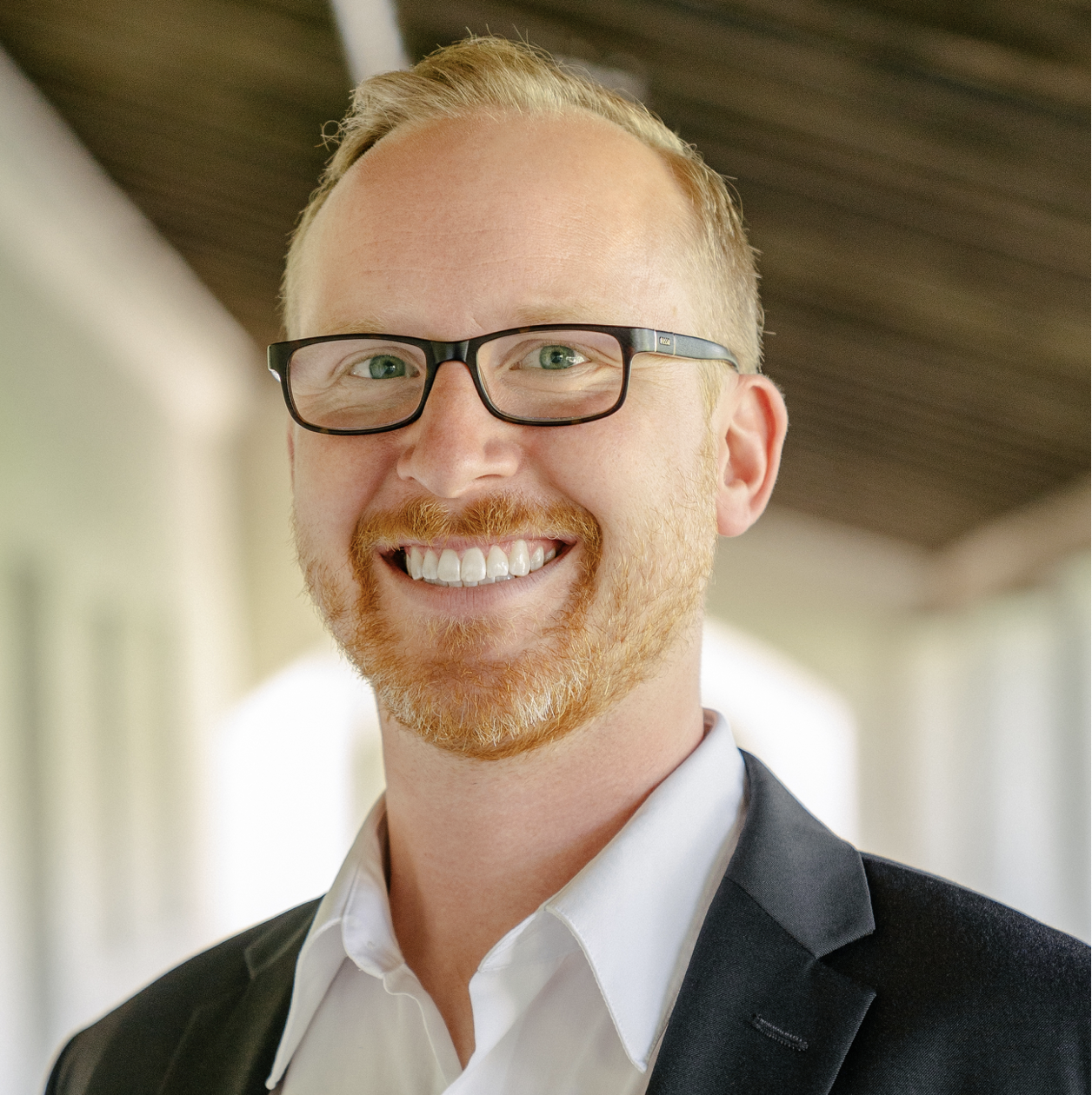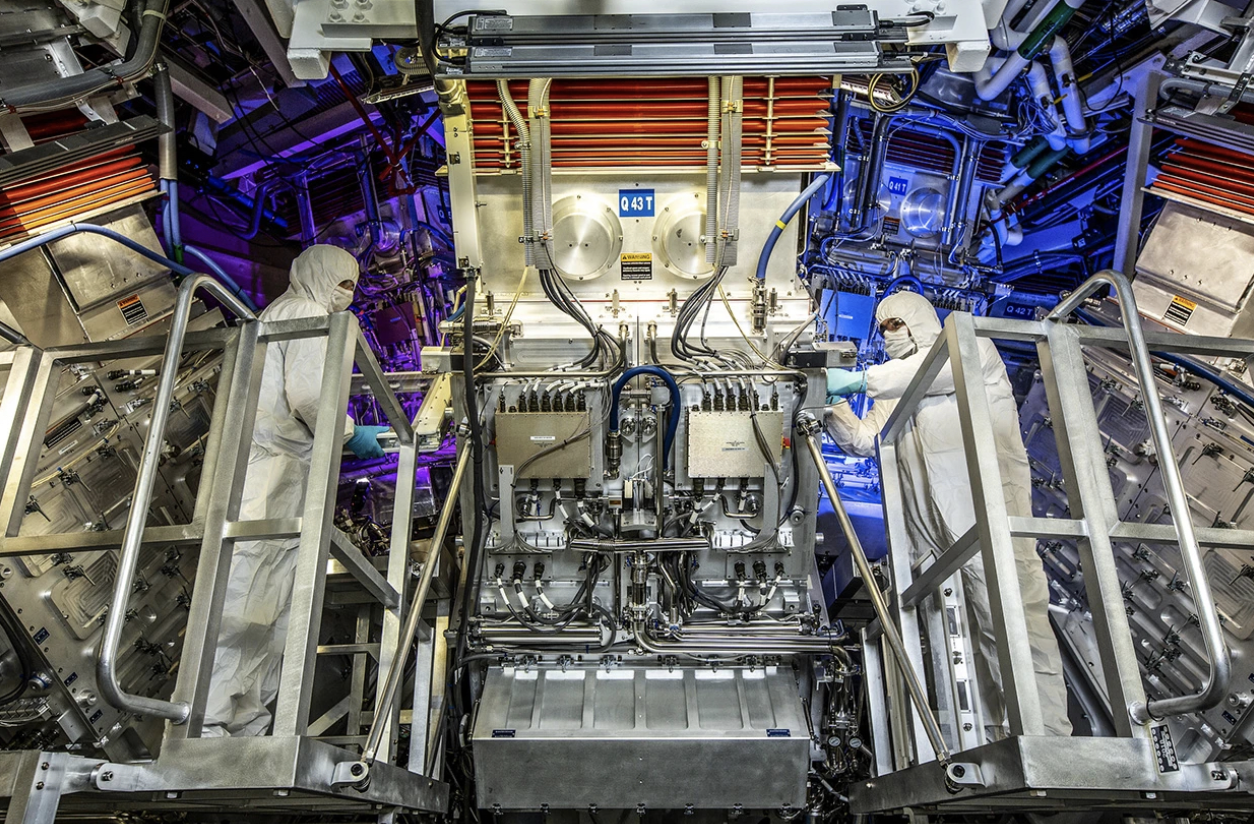 CAMARILLO — When CSU Channel Islands (CSUCI) Assistant Professor of Computer Science Scott Feister, Ph.D., heard that Lawrence Livermore National Laboratory (LLNL) had achieved “fusion ignition” — a significant step toward clean energy —he sent congratulatory emails to the scientists, many of whom he has known and worked with for years.
CAMARILLO — When CSU Channel Islands (CSUCI) Assistant Professor of Computer Science Scott Feister, Ph.D., heard that Lawrence Livermore National Laboratory (LLNL) had achieved “fusion ignition” — a significant step toward clean energy —he sent congratulatory emails to the scientists, many of whom he has known and worked with for years.
“I know the people involved,” Feister said. “I’ve been involved in the wide net of all these people around the world working on these kinds of projects. I think it’s cool that the groups I am associated with are the ones that crossed the threshold.”
Feister has been visiting LLNL in Northern California for years, either to conduct academic research or to observe. And for the last two years, he has led a group of CSUCI undergraduates in a research project funded by one of the major figures at Livermore’s National Ignition Facility (NIF).
Feister has been getting updates on scientific progress toward achieving “fusion ignition” after attending several NIF User Group meetings. As a graduate student at The Ohio State University in 2010, Feister began his first year doing research into a concept called “fast ignition,” in which a high-intensity laser jump starts the fusion process.
This approach was not the one used in the successful ignition project at NIF, but projects like the ones Feister has been affiliated with all contribute to ongoing fusion ignition research, and eventual breakthroughs.
Feister remembers visiting the NIF in 2018 when a voice over the loudspeaker warned that the lasers were about to be fired for an experiment. After a “T-minus 4, 3, 2, 1….” countdown, the blast thundered through the building.
“I felt the literal building-shaking power of the type of laser burst which eventually would achieve ignition,” Feister said.
Of course, it’s much more complicated and there are many scientific caveats, but in the simplest terms, scientists around the world have been researching ways to reap energy from merging atoms (fusion) rather than splitting atoms (fission) because there are all sorts of deadly and unpleasant byproducts with fission.
Fission involves splitting uranium atoms inside a reactor, which creates heat, which can be turned into electricity to power homes, businesses, etc. Fusion operates just like the sun, fusing two very “energetic” hydrogen atoms, turning them into helium, and releasing heat in the process — which could be converted into energy to power homes, businesses, etc. — without the greenhouse gases of fossil fuels or the radioactive waste of fission.
“It’s a way to create clean energy down the road if we can do what the sun does — if we can mimic that process on earth,” Feister said.
So, on Dec. 5, 2022, at 1:05 a.m., when NIF scientists used 192 lasers to blast a frozen bit of hydrogen and produced more energy than it took to ignite the hydrogen — it was worth celebrating.
“Unlike coal, you only need a small amount of hydrogen, and it is the most abundant thing found in the universe,” Julio Friedmann, chief scientist at Carbon Direct and a former chief energy technologist at Lawrence Livermore, told CNN. “Hydrogen is found in water so the stuff that generates this energy is wildly unlimited, and it is clean.”
In March, the White House held a summit aimed at accelerating commercial fusion efforts. NIF plasma physicist Tammy Ma, Ph.D., testified before the U.S. Congress in 2021 about the future of fusion energy.
“Developing an economically attractive approach to fusion energy is a grand scientific and engineering challenge,” Ma told the New York Times. “Without a doubt, it will be a monumental undertaking.”
Ma contacted Feister two years ago following a conference and asked if he and some CSUCI student researchers would like to work with Livermore as part of Feister’s academic research.
“We are working on research in CSUCI’s Sierra Hall that is being funded by Dr. Ma,” Feister said. “Myself and four undergraduates are funded for research by a grant from LLNL to build prototypes for the next generation of control systems and mechatronics automation which could be used at a large, high-power laser facility like NIF.”
The four undergraduates involved are Computer Science majors Michael Landeros and Alex Crawford and Mechatronics majors Emiko Ito and Keily Valdez Sereno.
“Working with the professionals who are part of the fusion team is crazy, especially when they are folks you just got lunch with last month!” Ito said. “In terms of our project specifically, I really can’t wait to see what it can do to help advance the future of professional laser laboratories and how we can be a part of that.”
Crossing this ignition “threshold” is a baby step toward a clean energy quest that will take probably several decades of research and lots of trial and error to turn the process into clean energy, but Feister is doing what he can to prepare CSUCI students to be a part of that quest.
“I’ve actually just applied to grad schools because I’m aiming for my Ph.D.” Ito said. “After I earn my doctorate, I want to go into the national labs, like Livermore!”
CALIFORNIA STATE UNIVERSITY CHANNEL ISLANDS — California State University Channel Islands (CSUCI) is Ventura County’s only public university and opened in 2002 as the 23rd campus in the CSU system serving the regions of Ventura, Santa Barbara, and Los Angeles counties, as well as the entire state. CSUCI is located between Camarillo and the Oxnard Plain, midway between Santa Barbara and Los Angeles and 25 miles north from Malibu.
The campus is nestled against the foothills of the Santa Monica Mountains and is a 10-minute drive from the Pacific Ocean. With more than 5,600 students, 24,500 alumni, and 1,000 employees, CSUCI is poised to grow in size and distinction, while maintaining one of the most student-focused learning environments in public higher education with more than 90 academic degrees, teaching credentials, certificates, and professional and community programs.
Connect with and learn more by visiting www.csuci.edu or CSUCI’s Social Media.
The University encourages persons with disabilities to participate in its programs, events and activities. If you anticipate needing any type of accommodation, or have questions about the physical access provided, please contact the respective area below as soon as possible, but no later than seven (7) business days prior to the event/activity:
CSUCI Students
Disability Accommodations & Support Services: accommodations@csuci.edu
CSUCI Employees
Human Resources: angela.portillo@csuci.edu
Members of the Public
Title IX & Inclusion: titleix@csuci.edu

